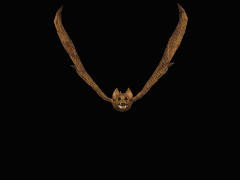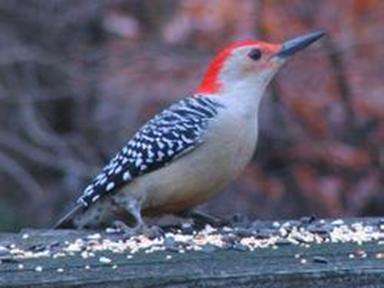


|
Piciformes:
Six families of largely arboreal birds make up the order Piciformes, the best-known of them being the Picidae, which includes the woodpeckers and close relatives. There are about 67 genera in the six families and a little over 400 species. In general, the Piciformes are insectivorous, although the toucans mostly eat fruit and the honeyguides beeswax. Nearly all Piciformes have parrot-like zygodactyl feet—two toes forward and two back, an arrangement that has obvious advantages for birds that spend much of their time on tree trunks. An exception is a North American genus of three-toed woodpeckers consisting of two members. The jacamars aside, Piciformes do not have down at any age, only true feathers. All nest in cavities and have altricial young. Systematics and Evolution:
The Galbulidae and Bucconidae are often separated into a distinct Galbuliformes order. Analysis of nuclear genes confirms that they form a lineage of their own, but suggests that they are better treated as a suborder. The other families form another monophyletic group of suborder rank, but the relationship of the Capitonidae to the toucans deserves more study; it seems that the African barbets are a very distinct lineage. The woodpeckers and honeyguides are each other's closest relatives (Johansson & Ericson, 2003). Reconstruction of the evolutionary history of the Piciformes has been hampered by poor understanding of the evolution of the zygodactyl foot. A number of prehistoric families and genera, from the Early Eocene Neanis, the Zygodactylidae, to the Pliocene Bathoceleus are sometimes tentatively assigned to this order. There exist some extinct piciforms known from fossils which have been notoriously difficult to place but probably belong to the Pici. The modern families are known to exist since the Oligo- to Miocene. |
